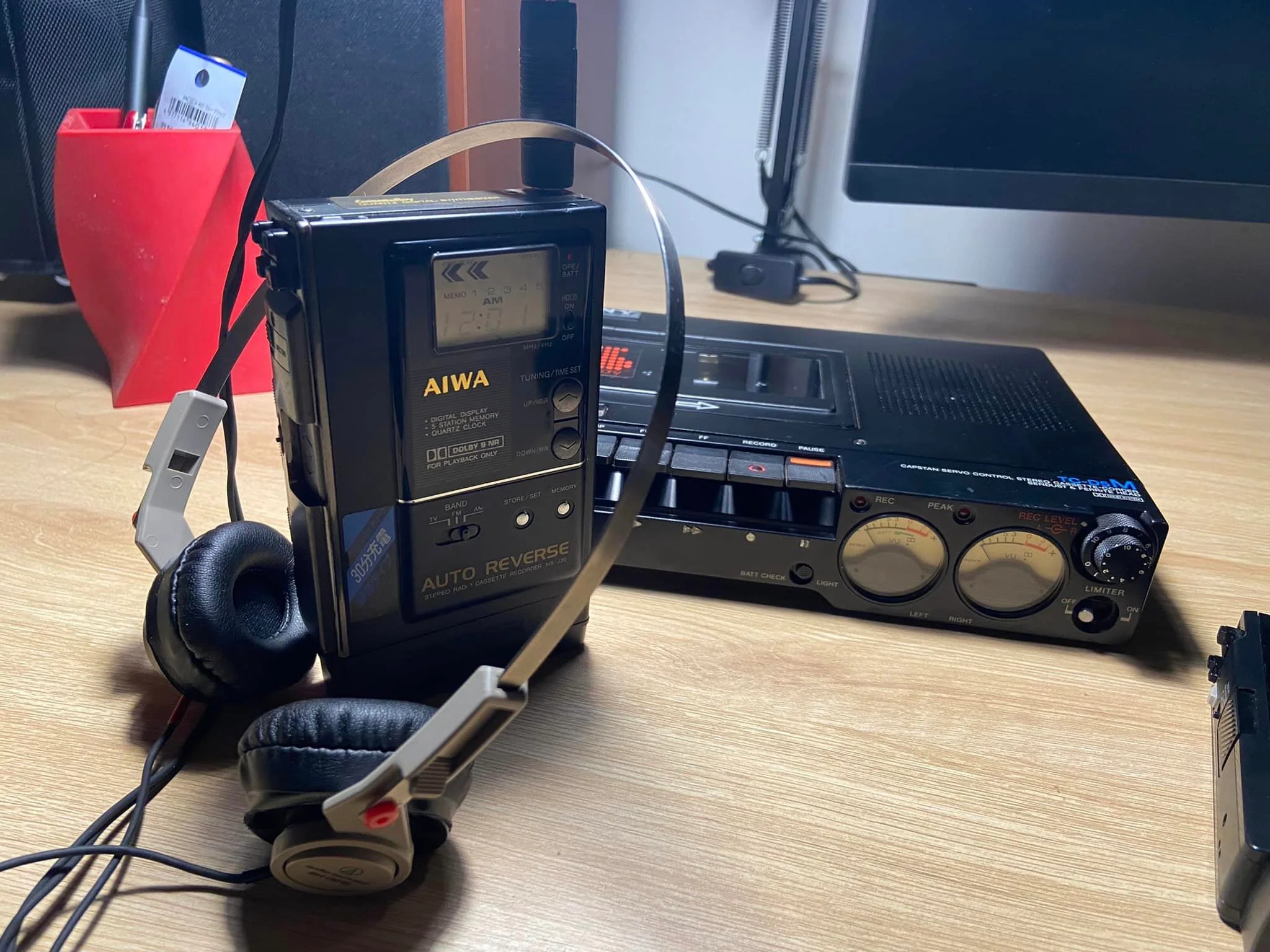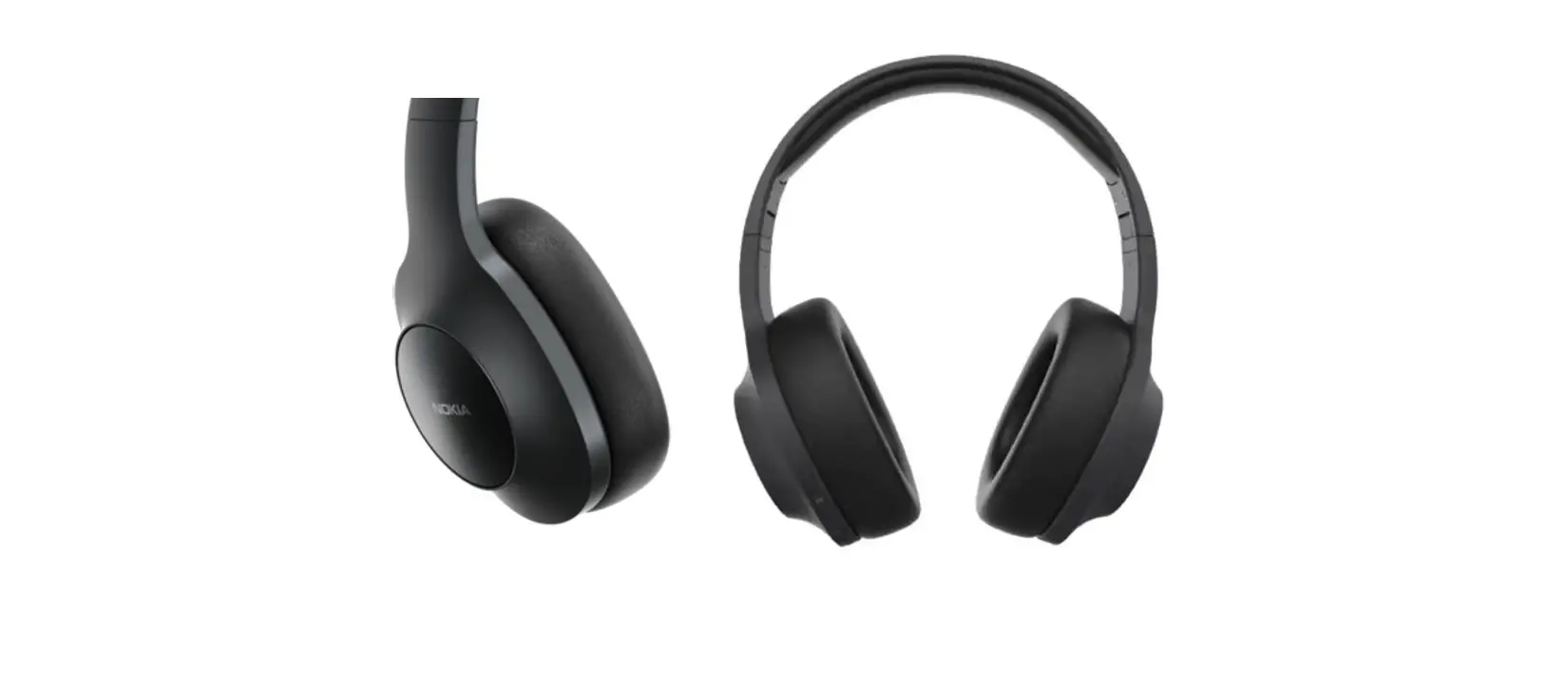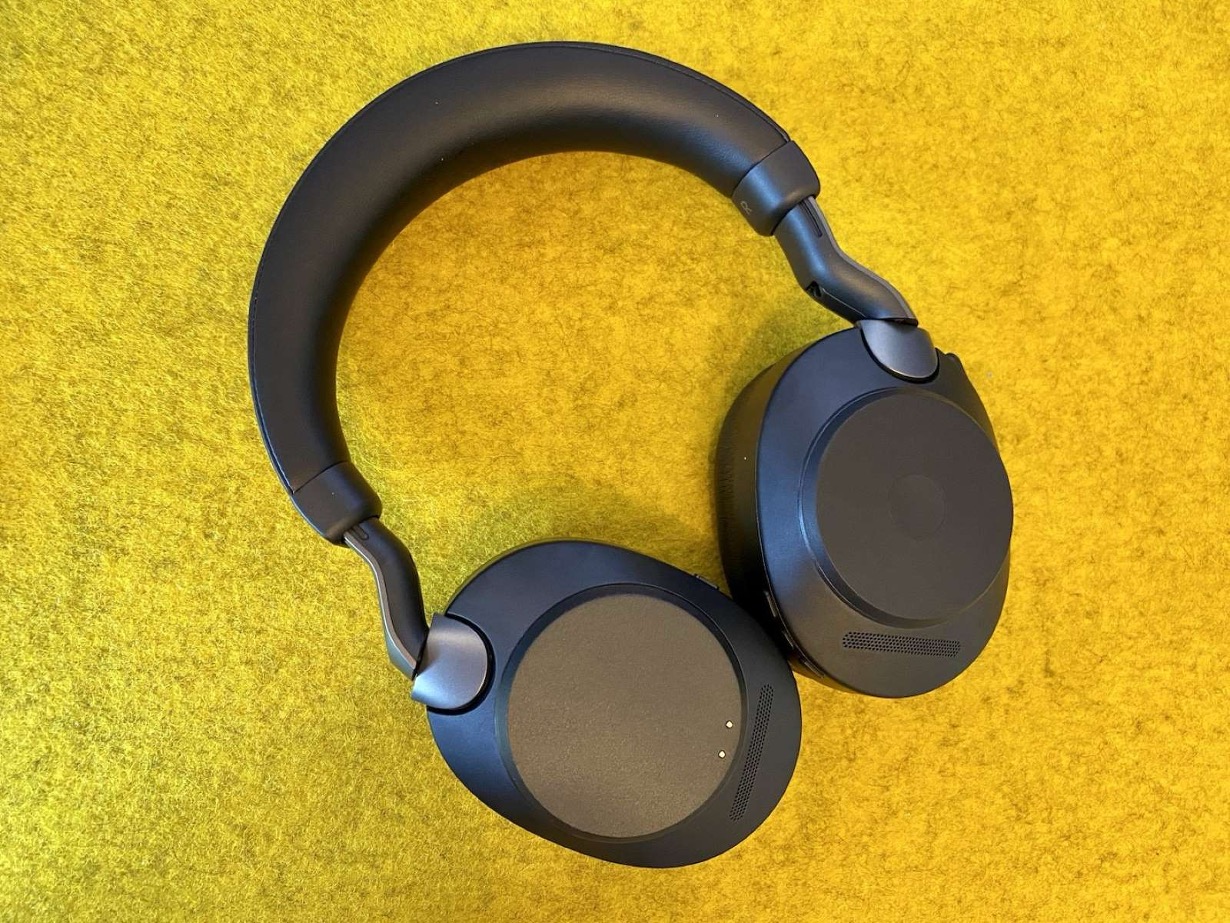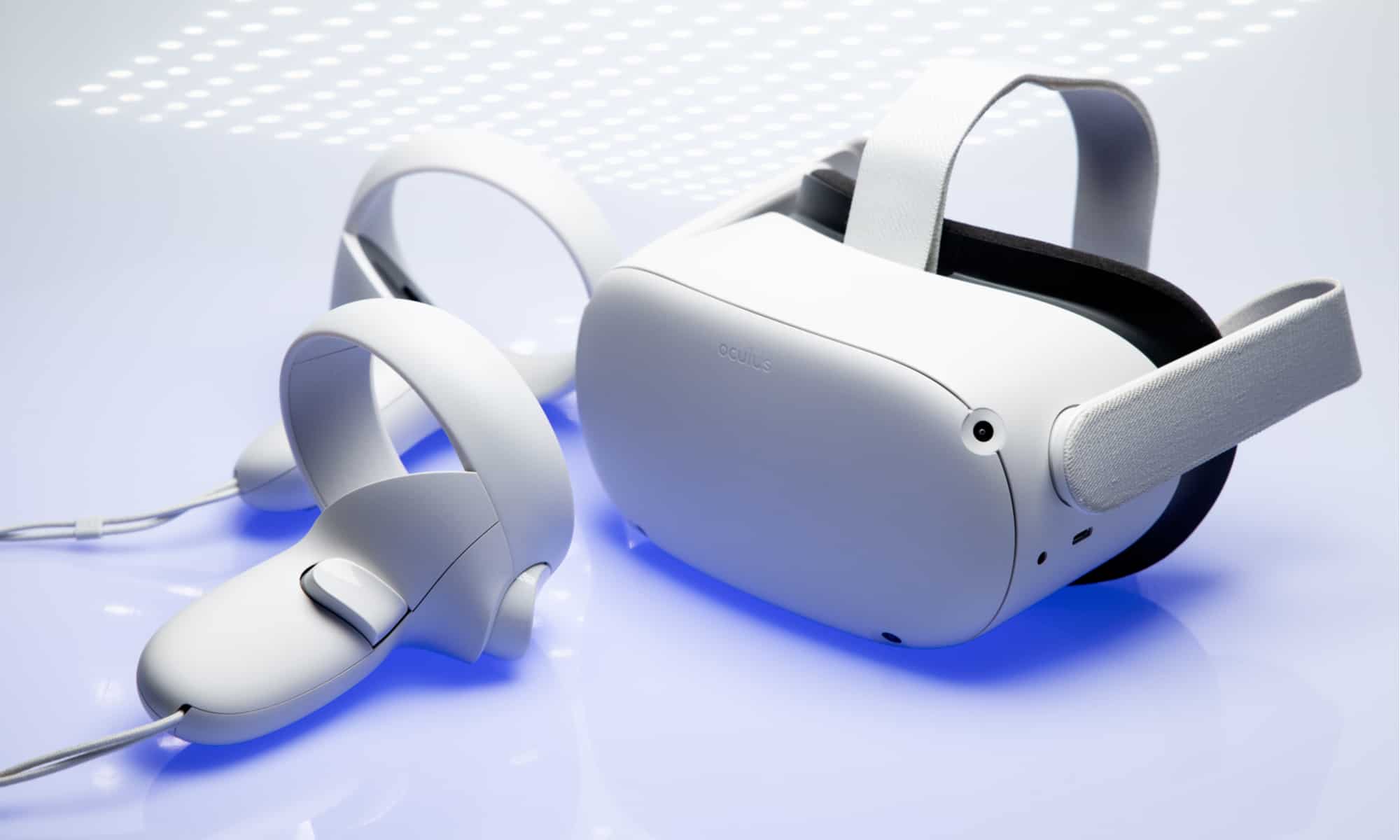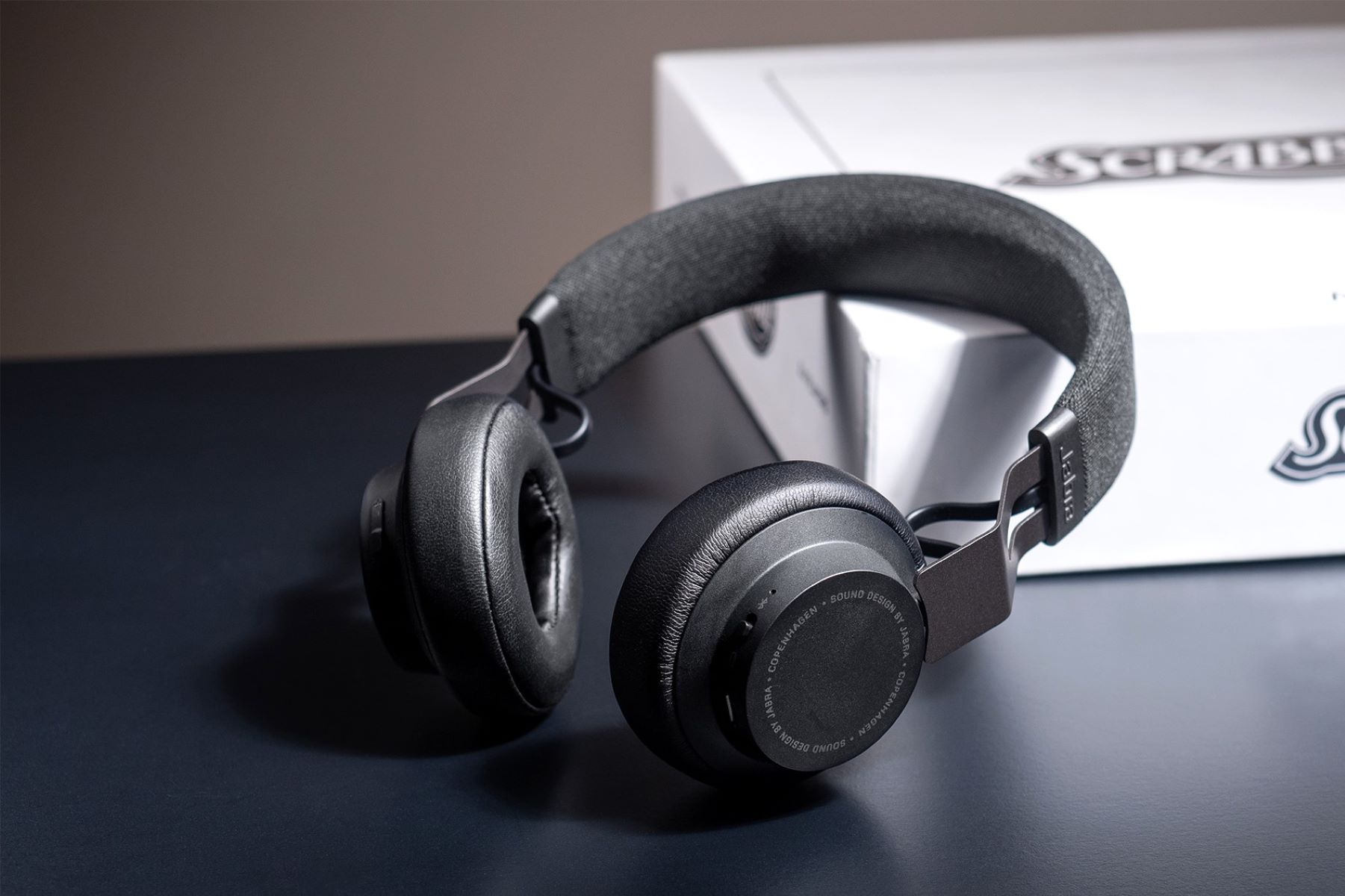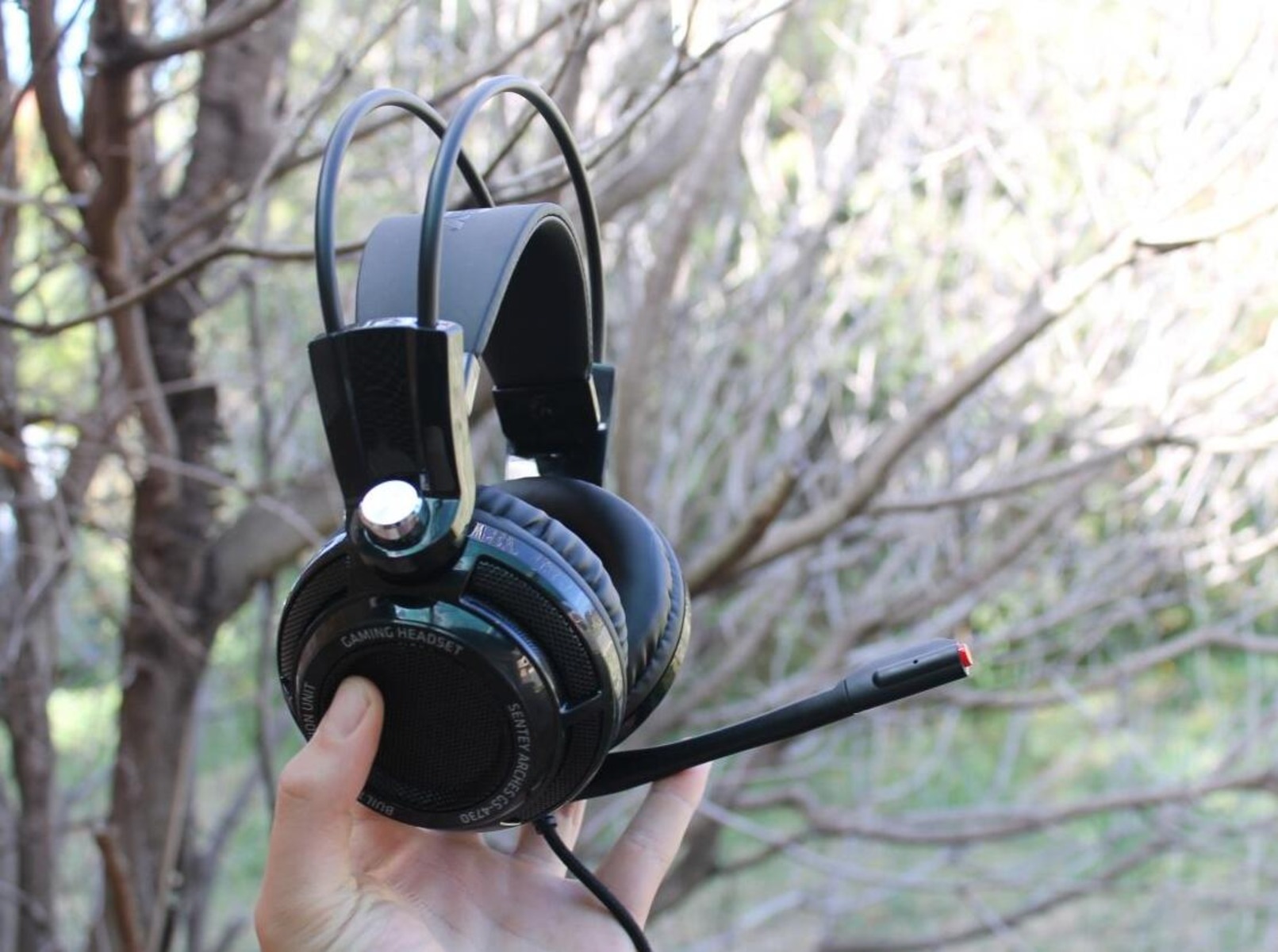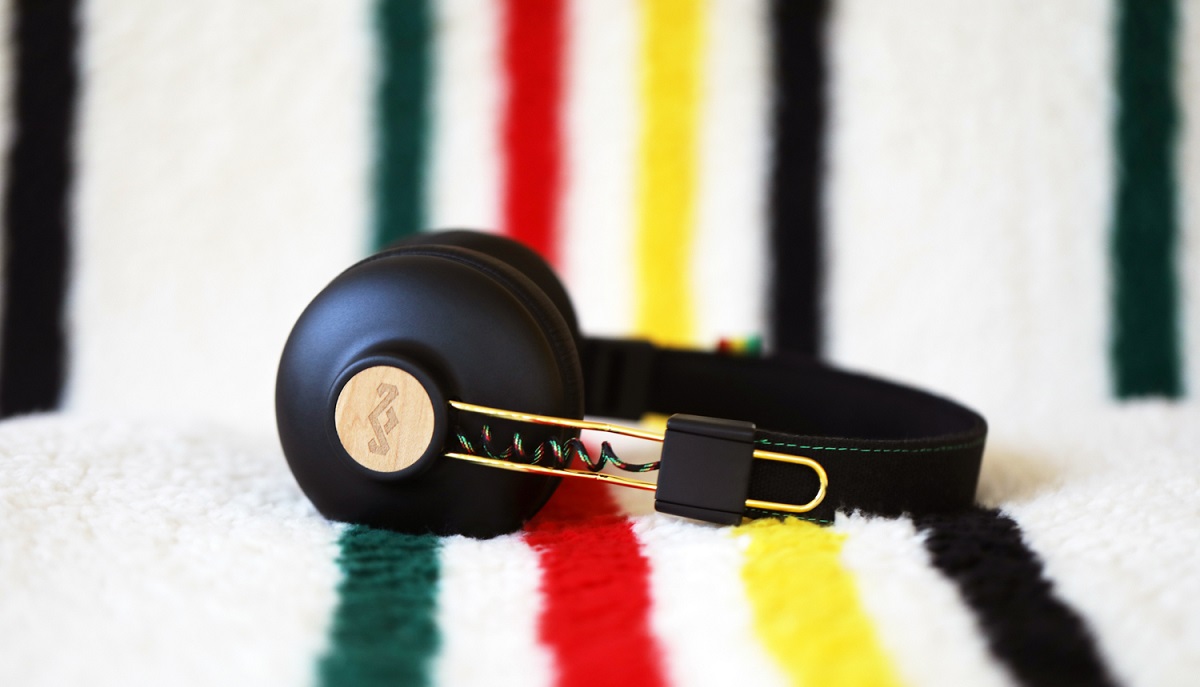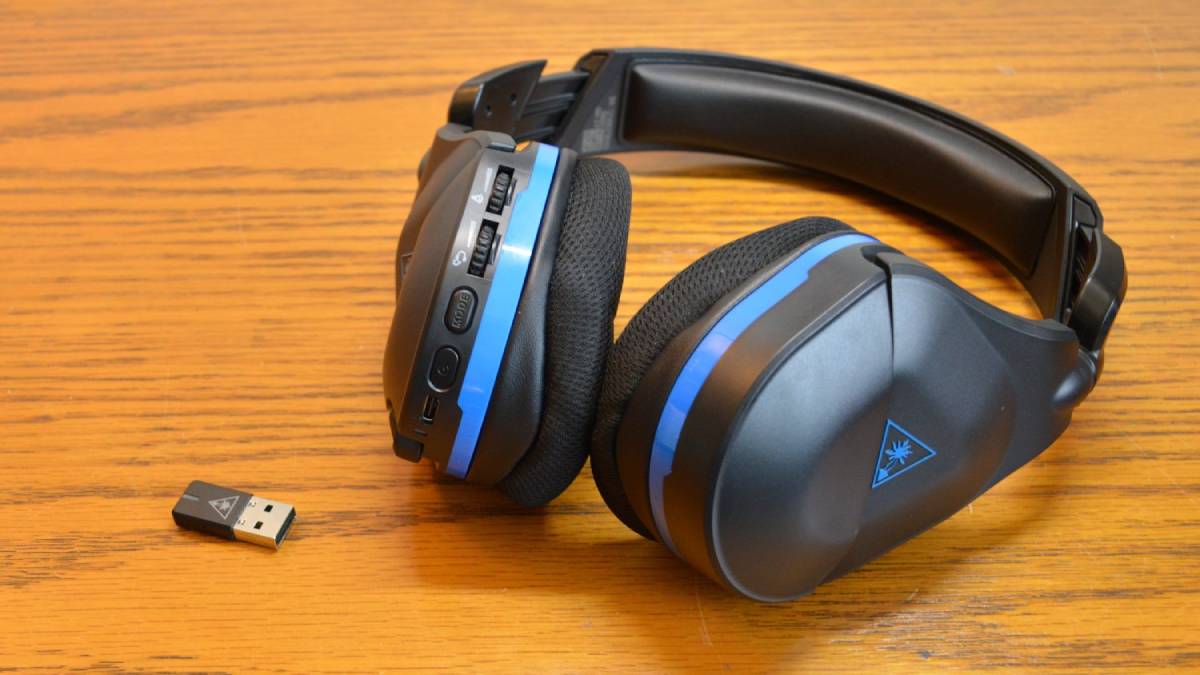Introduction
Identifying your headset can be a crucial yet often overlooked task. Whether you've recently acquired a new headset, found one lying around, or simply want to learn more about the device you use daily, understanding its brand, model, and features is essential. Knowing the specifics of your headset not only aids in troubleshooting issues but also allows you to make the most of its capabilities.
In this comprehensive guide, we will walk you through the step-by-step process of identifying your headset. From checking the brand and model to utilizing online resources and consulting the user manual, we've got you covered. By the end of this guide, you'll have the knowledge and confidence to recognize and understand the unique characteristics of your headset.
So, let's dive in and embark on this enlightening journey to uncover the secrets of your trusted audio companion. Whether it's a sleek pair of wireless earbuds, a high-fidelity gaming headset, or a noise-canceling marvel, the process of identification remains consistent. Let's unravel the mystery behind your headset and unveil its hidden potential.
Step 1: Checking the Brand and Model
The first step in identifying your headset is to check the brand and model. This information is typically displayed prominently on the device itself. Start by examining the outer casing or the earpieces for any visible logos, brand names, or model numbers. In many cases, the brand name may be engraved or printed on the headband, ear cups, or the charging case for wireless earbuds. The model number can often be found in the same vicinity, providing a specific identifier for your headset.
If the brand and model are not immediately apparent, you may need to remove any detachable parts, such as ear cushions or headband padding, to reveal the necessary details. Additionally, inspect the cables or connectors for any labels or engravings that could indicate the brand and model of the headset.
For wireless headsets, the brand and model information may also be accessible through the companion app or the device's Bluetooth settings on your smartphone or computer. By accessing the app or the Bluetooth menu, you can often view detailed information about the connected headset, including the brand, model, and even the serial number.
In some cases, the brand and model details may have faded or become illegible due to wear and tear. If this is the situation, consider using a magnifying glass or a smartphone camera with a macro lens to capture and zoom in on any obscured markings. This can help reveal the brand and model information that may have become difficult to discern with the naked eye.
By meticulously examining the physical attributes of your headset and leveraging digital resources, you can successfully uncover the brand and model details, setting the stage for further exploration of its unique features and capabilities.
Step 2: Examining the Physical Features
Once you've identified the brand and model of your headset, the next step involves closely examining its physical features. This detailed inspection can provide valuable insights into the functionality and design elements that make your headset unique. By paying attention to specific characteristics, you can gain a deeper understanding of its capabilities and potential use cases.
Earpiece Design
Begin by observing the design of the earpieces. Take note of the shape, size, and material of the ear cups or earbuds. Are they over-ear, on-ear, or in-ear? Understanding the type of earpiece design can offer clues about the intended usage scenarios and the level of comfort and noise isolation the headset provides.
Controls and Interfaces
Carefully inspect the headset for any built-in controls or interfaces. Look for buttons, dials, touch-sensitive surfaces, or gesture controls that allow you to adjust volume, manage calls, or navigate through music tracks. Understanding the available controls and interfaces empowers you to make the most of your headset's functionalities without relying solely on external devices.
Connectivity Options
Examine the connectivity options available on the headset. Does it support wired connections via standard audio jacks or USB-C ports? Alternatively, does it offer wireless connectivity through Bluetooth or proprietary wireless protocols? Understanding the connectivity options enables you to seamlessly integrate the headset with a wide range of devices, from smartphones and laptops to gaming consoles and audio interfaces.
Microphone Presence
Check for the presence of a microphone on the headset. Whether it's a discreetly integrated microphone for hands-free calls or a high-fidelity boom microphone for gaming and communication, understanding the microphone capabilities of your headset is essential. This feature plays a pivotal role in enabling voice commands, online meetings, and immersive gaming experiences.
Build Quality and Materials
Assess the build quality and materials used in the construction of the headset. Is it crafted from premium metals, durable plastics, or lightweight composites? Understanding the materials and build quality not only provides insights into the durability and comfort of the headset but also reflects the attention to detail and craftsmanship employed in its creation.
LED Indicators and Status Lights
Look for any LED indicators or status lights on the headset. These visual cues often convey information about battery status, connectivity, and operational modes. Familiarizing yourself with the meaning of these indicators can help you troubleshoot issues and optimize the usage of your headset.
By meticulously examining the physical features of your headset, you can unravel a wealth of information about its design, functionality, and intended use. This deeper understanding sets the stage for seamless integration into your daily activities, whether it's enjoying music on the go, engaging in immersive gaming experiences, or staying connected through crystal-clear communication.
Step 3: Using Online Resources
In the digital age, the vast expanse of online resources serves as a treasure trove of information for identifying and understanding your headset. Leveraging the power of the internet can provide invaluable insights, technical specifications, and user experiences that enhance your knowledge of the device.
Manufacturer's Website
Begin your online exploration by visiting the official website of the headset's manufacturer. Most reputable brands maintain comprehensive product pages that showcase their entire lineup of headsets, complete with detailed descriptions, specifications, and high-resolution images. By navigating to the specific product section or using the search functionality, you can often locate your headset model and access a wealth of information directly from the source. This may include technical diagrams, user manuals, firmware updates, and frequently asked questions (FAQs) that shed light on the intricacies of your headset.
Online Forums and Communities
Engaging with online forums and communities dedicated to audio equipment and technology enthusiasts can provide valuable firsthand experiences and insights. Platforms such as Reddit, Head-Fi, and specialized audio forums host discussions, reviews, and troubleshooting threads related to a wide range of headsets. By searching for your headset model or posting inquiries in these communities, you can tap into the collective knowledge of passionate users and experts who are eager to share their expertise and offer guidance. Additionally, these forums often feature user-generated content such as unboxing videos, setup guides, and customization tips that offer a holistic view of the headset's capabilities.
Review Websites and YouTube Channels
Exploring reputable review websites and YouTube channels dedicated to consumer electronics can offer in-depth analyses and visual demonstrations of various headsets. Professional reviewers and tech enthusiasts often provide detailed assessments of audio quality, comfort, design, and feature sets, accompanied by high-quality images and video footage. Watching or reading multiple reviews of your headset model from trusted sources can provide a well-rounded understanding of its strengths, weaknesses, and real-world performance across different usage scenarios.
Product Support Portals
Many manufacturers maintain dedicated product support portals or knowledge bases that house a wealth of resources for their customers. These portals often feature downloadable user manuals, troubleshooting guides, and software downloads specific to each headset model. By accessing these resources, you can gain insights into advanced features, maintenance tips, and any available software updates or compatibility information that may enhance the functionality of your headset.
Online Retail Platforms
Visiting online retail platforms such as Amazon, Best Buy, or specialized audio equipment stores can offer a comprehensive overview of your headset's specifications, customer reviews, and frequently asked questions. Reading through user reviews and ratings provides real-world feedback on aspects such as comfort, durability, and overall satisfaction, helping you gauge the general consensus and identify any recurring issues or standout features of your headset.
By harnessing the collective knowledge and diverse perspectives available through online resources, you can enrich your understanding of your headset and unlock its full potential. Whether it's delving into technical specifications, exploring user experiences, or discovering hidden tips and tricks, the digital landscape empowers you to become a well-informed and confident steward of your audio companion.
Step 4: Consulting the User Manual
Consulting the user manual is a pivotal step in unraveling the full potential of your headset. The user manual serves as a comprehensive guide, offering detailed insights into the functionality, operation, and maintenance of the device. Whether it's a compact leaflet included in the product packaging or a downloadable PDF from the manufacturer's website, the user manual is a valuable resource that provides specific instructions tailored to your headset model.
The user manual typically covers a wide array of essential information, including setup procedures, button functionalities, connectivity options, care and maintenance guidelines, troubleshooting steps, and advanced features unique to your headset. By carefully perusing the user manual, you can gain a deeper understanding of the intricacies of your headset and harness its capabilities to the fullest.
Start by locating the user manual provided with your headset. If it's a physical document, ensure that it's stored in a safe and easily accessible location for future reference. If the manual is available in digital format, consider saving a copy to your device or cloud storage for quick access whenever needed.
Once you have the user manual at your disposal, take the time to explore its contents systematically. Begin with the introductory sections that provide an overview of the headset's key features, followed by detailed instructions on initial setup and pairing procedures for wireless models. Familiarize yourself with the terminology used in the manual, as it often clarifies technical jargon and industry-specific terms related to audio equipment.
Dive into the section that outlines the control functions and interface layouts of your headset. Understanding the specific functionalities of buttons, switches, and indicators enables you to navigate through different modes, adjust settings, and make optimal use of the available features without guesswork.
The troubleshooting and maintenance segment of the user manual is particularly valuable, as it equips you with the knowledge to address common issues and ensure the longevity of your headset. From addressing connectivity issues and sound quality adjustments to cleaning and storage recommendations, the user manual serves as a reliable companion in maintaining the optimal performance of your headset.
By consulting the user manual, you empower yourself with the knowledge to operate, maintain, and troubleshoot your headset with confidence. This comprehensive resource not only enhances your understanding of the device but also instills a sense of ownership and mastery over the intricacies of your audio companion.
Conclusion
In conclusion, the journey of identifying your headset has unveiled a realm of insights and knowledge that enriches your relationship with this essential audio companion. By diligently following the steps outlined in this guide, you've successfully navigated through the intricate process of recognizing, understanding, and harnessing the potential of your headset.
Through the meticulous examination of the brand and model, you've gained clarity on the unique identity of your headset, laying the foundation for further exploration. The detailed inspection of its physical features has provided a deeper understanding of its design, functionality, and potential applications, empowering you to make informed decisions tailored to your preferences and lifestyle.
The utilization of online resources has expanded your horizon, connecting you with a global community of enthusiasts, experts, and valuable information. By tapping into manufacturer websites, online forums, review platforms, and product support portals, you've unlocked a wealth of perspectives, real-world experiences, and technical details that elevate your proficiency as a headset connoisseur.
Finally, consulting the user manual has equipped you with a comprehensive guide tailored to your specific headset model. From setup procedures to troubleshooting techniques, the user manual serves as a trusted companion, instilling confidence and proficiency in managing and maintaining your audio companion with precision and care.
Armed with this newfound knowledge and expertise, you are poised to embark on a seamless journey with your headset, whether it accompanies you on daily commutes, transports you into immersive gaming realms, or facilitates crystal-clear communication in virtual meetings. The intricate details, hidden features, and optimal usage tips you've uncovered pave the way for a truly personalized and enriching audio experience.
As you continue to engage with your headset, remember that the process of identification and understanding is an ongoing adventure. Stay curious, explore new possibilities, and share your insights with fellow enthusiasts, contributing to a vibrant community dedicated to the appreciation of audio technology.
With your newfound expertise, you are not merely a user of a headset but a discerning steward, unlocking the full potential of this remarkable device. Embrace the journey, savor the nuances, and let your headset become an integral part of your daily experiences, enhancing every moment with its immersive soundscapes and seamless connectivity.
So, as you embark on this harmonious journey with your headset, may the symphony of audio excellence and technological marvels enrich your life in ways beyond imagination. Cheers to the boundless possibilities that await as you continue to explore, innovate, and revel in the captivating world of audio technology.







